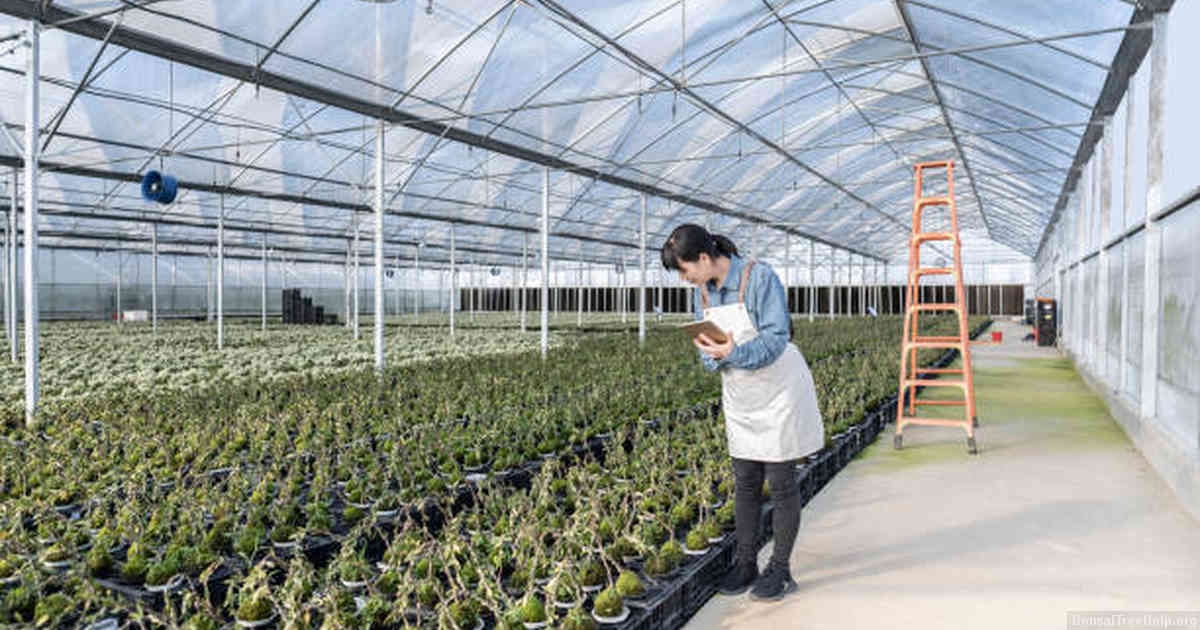
Yes, bonsai is extremely important to Japanese culture. For centuries it has been an integral part of life for the people of Japan and today it still holds its place in traditional society. Bonsai is a perfect example of harmony between man and nature; a symbol of inner peace and balance which reflects Japanese respect for the environment.
Contents:
- Understanding the Art of Bonsai
- A Brief History of Japanese Culture
- Training Techniques for Growing a Bonsai Tree
- Growth and Maintenance of the Bonsai Tree
- Learning Patience and Resilience from the Practice of Bonsai
- The Values Instilled by Cultivating a Bonsai Tree
- Appreciating the Cultural Significance of Bonsai in Japan
The art form encourages contemplation, meditation, and aesthetic appreciation as the gardener works with their plants over time to create a miniature masterpiece. In some cases, these little trees are even passed down through generations as treasured family heirlooms that remain with them for years to come.
Beyond its cultural importance, bonsai also plays an environmental role in urban settings. Today’s urban jungles can often be stark concrete boxes lacking any greenery or life – so small trees bring joy and serenity into busy cityscapes while helping to filter out noise pollution at the same time.
Understanding the Art of Bonsai
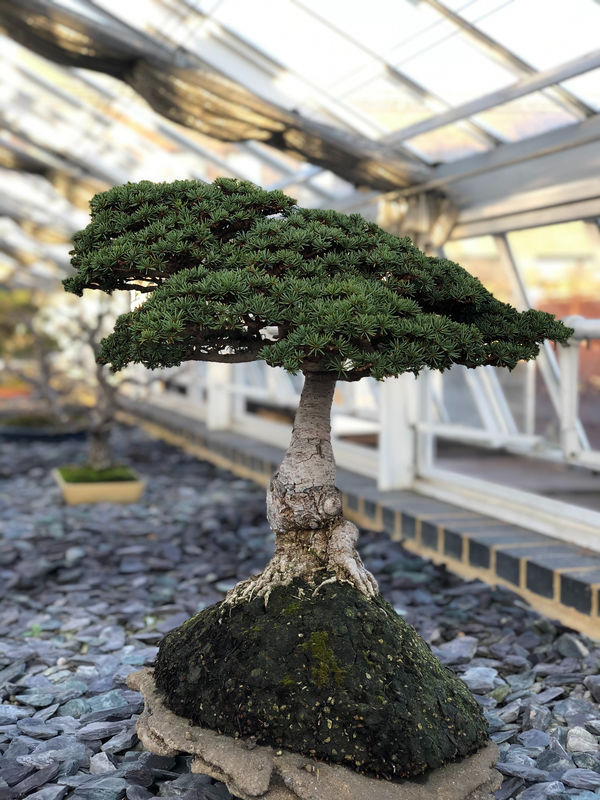
Bonsai is an art form that has been part of Japanese culture for centuries. It involves the practice of growing miniature trees in containers, and often with intricate design elements such as winding branches and stylized foliage. As an aesthetic pursuit, it requires skill and patience to create masterpieces that capture the essence of nature while maintaining their small stature. To fully understand bonsai as a cultural phenomenon, one must appreciate its philosophy and tradition.
Japanese aesthetics has long valued simplicity and harmony within natural forms, which is a concept embodied by bonsai trees. This can be seen in many examples such as suiseki or “viewing stones” which are thought to evoke faraway landscapes or vistas without explicitly depicting them. Bonsai follows this same philosophy, as practitioners shape miniature trees into elegant sculptures while still leaving their essential form intact. The subtle changes made bring out more beauty from within the subject matter rather than completely altering it outwardly.
The cultivation process for bonsai furthers the notion of blending with nature in order to find balance within our own lives. In this sense, caring for a bonsai tree is much like raising any other type of plant: repotting roots when necessary; fertilizing soil; trimming branches; even providing adequate sunlight all help facilitate healthy growth. Unlike ordinary plants though, each action taken during bonsai maintenance has profound implications on the final outcome of the artwork – making it all the more satisfying when done correctly.
A Brief History of Japanese Culture
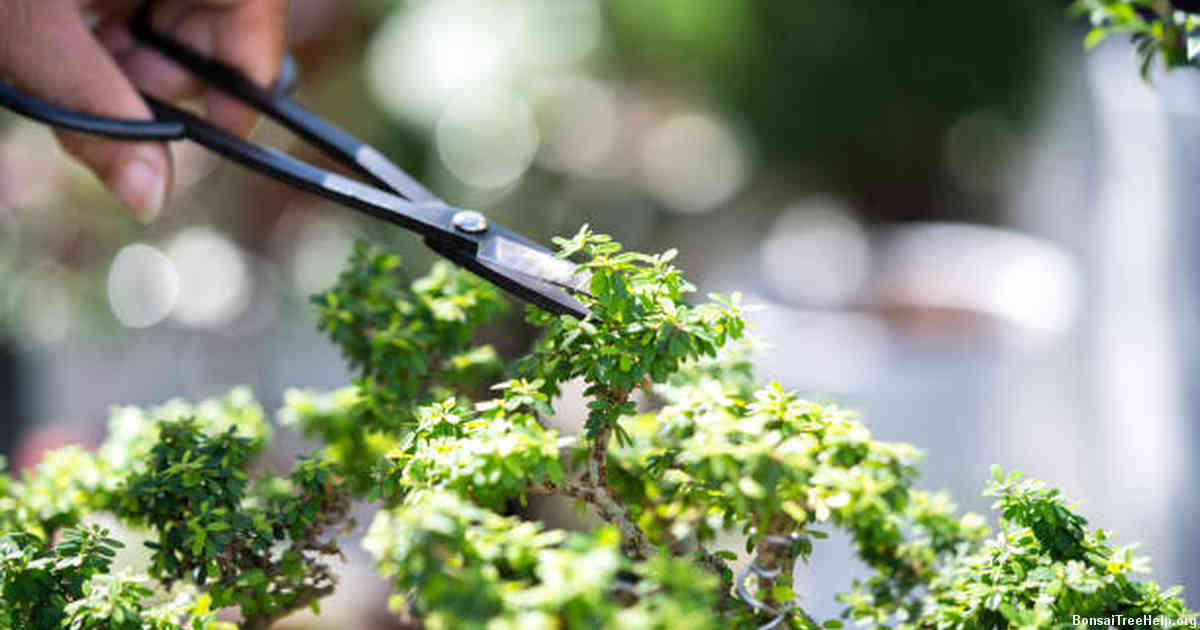
For many years, Japan has had a deep-rooted appreciation for plants and greenery. This practice can be traced back to the fifth century AD when the first known bonsai tree was grown in China, eventually making its way across the East China Sea to Japan where it began to gain popularity. By the 17th century, bonsai was widely accepted among aristocrats who enjoyed growing small trees as a form of art that required extensive care and knowledge. Over time, this artful craft quickly spread from elite circles into mainstream Japanese society.
During World War II, many Japanese citizens were relocated and forced out of their homes during this tumultuous period in history; however, they still found ways to keep alive traditions such as cultivating bonsai trees with whatever resources they could find. Although living conditions were dire at times, these resilient individuals managed to preserve the culture of bonsai despite their displaced status.
In modern day Japan, bonsai is still considered an integral part of traditional Japanese culture due to its longstanding presence through various eras. Its delicate nature has taught people patience and grace while providing aesthetic beauty that evokes emotional responses amongst viewers which continues to make it an important part of both public and private events throughout the country today.
Training Techniques for Growing a Bonsai Tree
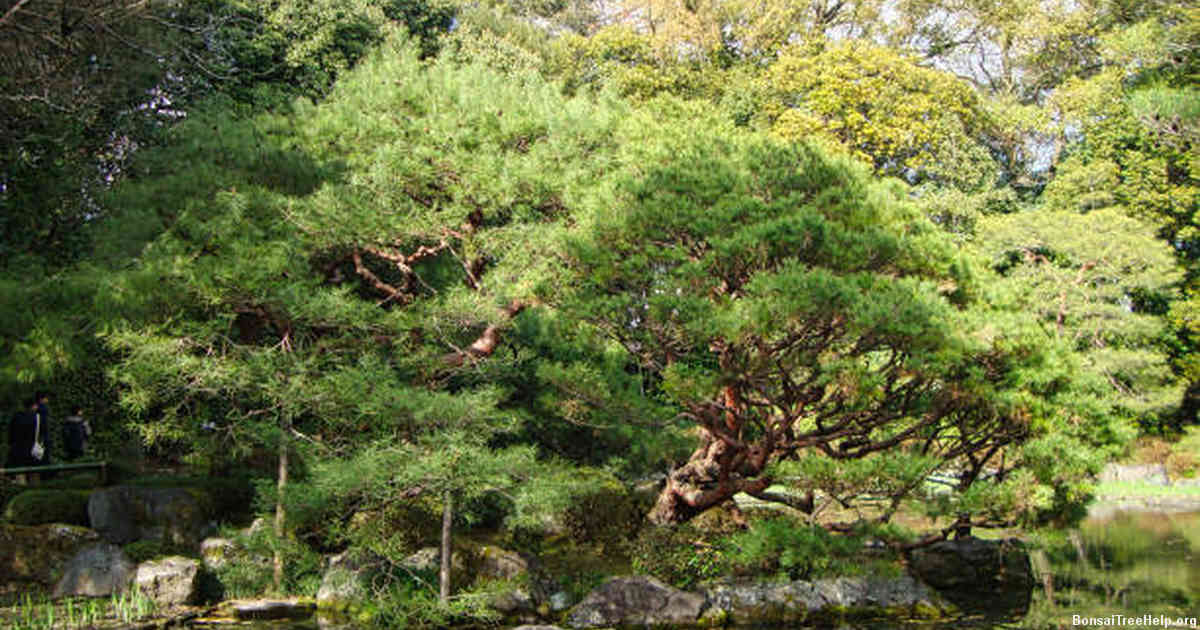
One of the key elements to growing a bonsai tree is dedicated training. Traditional Japanese horticultural practices for bonsai stipulate that trees should be pruned and trained as soon as possible after it has been transplanted into its pot. This initial phase of styling is often referred to as ‘initial shaping’ or ‘basic training’. It begins with selecting a suitable pot, then finding and removing dead wood, before gradually wiring branches in place to create an attractive silhouette.
The core aim of pruning a bonsai tree involves reducing the foliage size while maintaining balance. Pruning helps refine branch structure, fill in gaps and promote smaller leaves – all integral components to achieving the desired aesthetic standard associated with bonsai gardening. To do this successfully requires special tools such as scissors or shears, pliers and wire cutters that must be used appropriately on each type of species based on growth patterns, strength and density of bark among other factors.
Creating pleasingly balanced branch structures requires careful consideration to maintain a dynamic design. For example when selecting primary branches within the tree’s outline there should always be three horizontal layers – one close to the trunk base for stability; another at mid-level allowing visual depth; and third near the apex for movement towards light. When placed correctly these tiers will form a harmonious representation known within Japanese culture as ‘moyogi’ which translates literally from traditional characters meaning ‘winding style’.
Growth and Maintenance of the Bonsai Tree
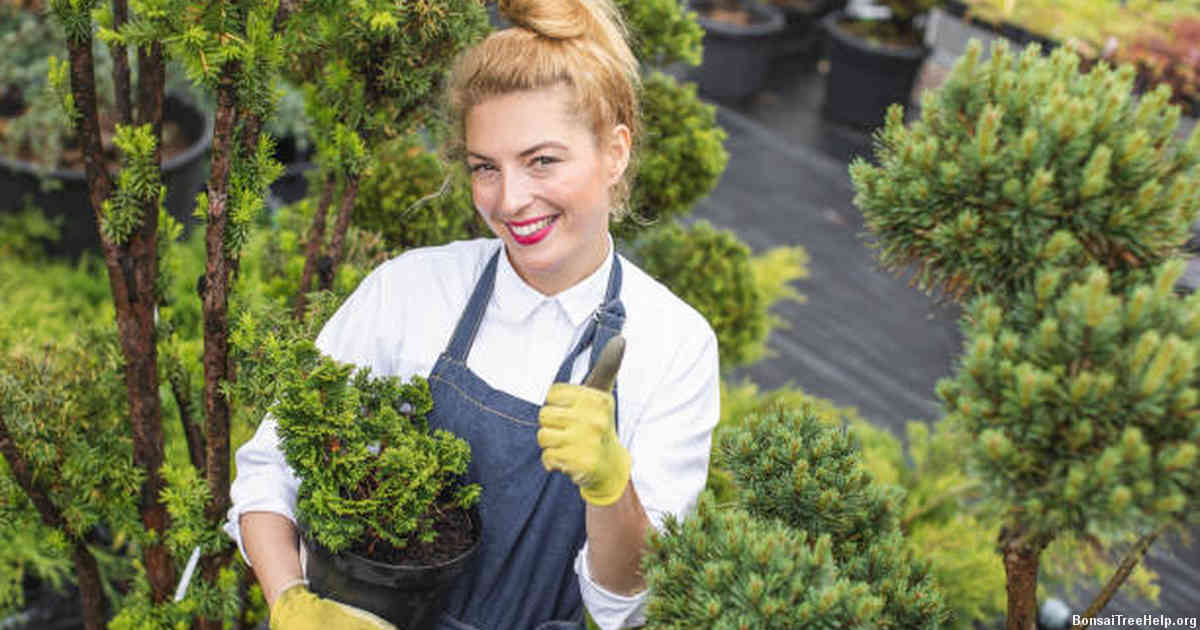
Growth and maintenance of a bonsai tree is an integral part of the Japanese culture. To craft and care for a bonsai specimen, one must put in time, effort, and dedication. Creating the perfect shape and size can take years to accomplish and requires fine-tuning even after it has been shaped. Trimming the leaves is as important as pruning the trunk in order to keep its aesthetic appeal.
The practice also involves understanding the conditions necessary for proper growth: temperature, soil type, sunlight exposure, and water requirements all play a role in keeping this miniature tree healthy. Each species needs different levels of these necessities or else it will not develop properly – thus knowledge about the individual plant’s unique needs is essential to cultivating them correctly.
In Japan, bonsai has long been considered an art form that values precision over anything else; therefore taking care of them was seen as an act of reverence – both toward nature itself and toward those who attempt to recreate its beauty within their own gardens. This ceremonial aspect further enhanced their importance in the country’s cultural heritage which is why there are now special events dedicated solely to displaying prized collections from around the world.
Learning Patience and Resilience from the Practice of Bonsai
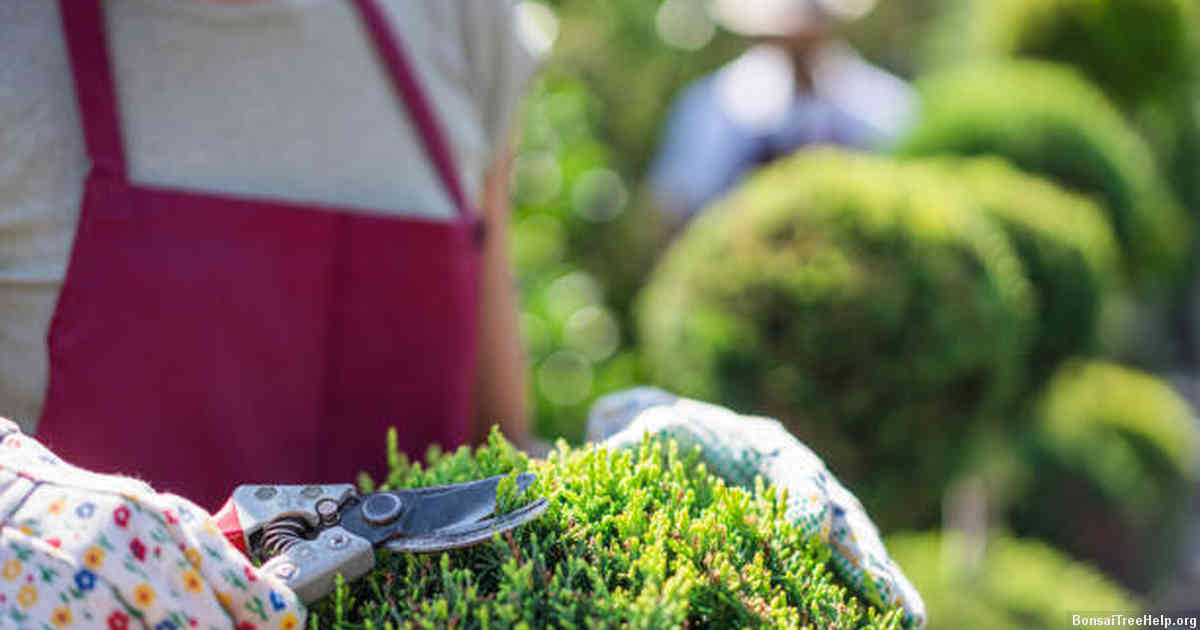
Bonsai, a traditional Japanese art, may not seem important at first glance. Its practice dates back to the Kamakura period and is considered one of Japan’s three classical arts. However, beyond just being an aesthetic endeavour, bonsai is an important part of Japanese culture because it teaches patience and resilience in the face of adversity.
By no means an easy task, caring for a bonsai requires more than simply watering it; instead it requires dedication and effort over years to maintain its shape and beauty. Bonsai masters must not only learn how to prune a tree but they also need to understand the inner workings of plant science in order to select which species will thrive under different conditions. Through this learning process comes self-awareness as well as improved emotional stability – all while enhancing nature appreciation skills along the way.
With regular maintenance routines such as daily sprays or weekly trimming exercises that help keep trees healthy and prevent disease outbreaks come lessons on self-discipline too. Over time these disciplines are translated into perseverance and compassion that extend beyond the garden bed into everyday life activities and relationships. With some practitioners taking up long term commitments spanning decades until completion – often transcending generations – this gift from nature can be seen as a reminder of why there should never be any shortcuts when striving for quality results or meaningful outcomes in anything we do.
The Values Instilled by Cultivating a Bonsai Tree

In Japanese culture, bonsai cultivation is more than just a hobby or pastime. In fact, it has been an art form for hundreds of years and stands as one of Japan’s important cultural symbols. It is true that the history of bonsai starts with its noble origin in China but Japan adopted the practice and imbued it with their own values by tweaking traditional rules to fit their sensibilities and traditions.
The act of cultivating a bonsai tree instills certain values that are paramount in Japanese society such as patience, respect, humility, striving for perfection and responsibility. Bonsais require careful tending to reach its full potential which allows cultivators to appreciate the beauty of nature within these small miniature trees while developing these important virtues which encourage mindfulness in everyday life.
Indeed Japan has become known for its minimalist aesthetics which have defined modern design trends across the world and this way of thinking was shaped by both Zen philosophy as well as bonsai cultivation principles which focus on minimalism instead of extravagance when shaping a tree. This dedication from early practitioners led to the incredibly detailed sculptures that are seen today; whether they be giant old-aged trees meant to evoke majesty or cunningly twisted trunks expressing deep emotion – all fueled by these classic values inherited through generations.
Appreciating the Cultural Significance of Bonsai in Japan
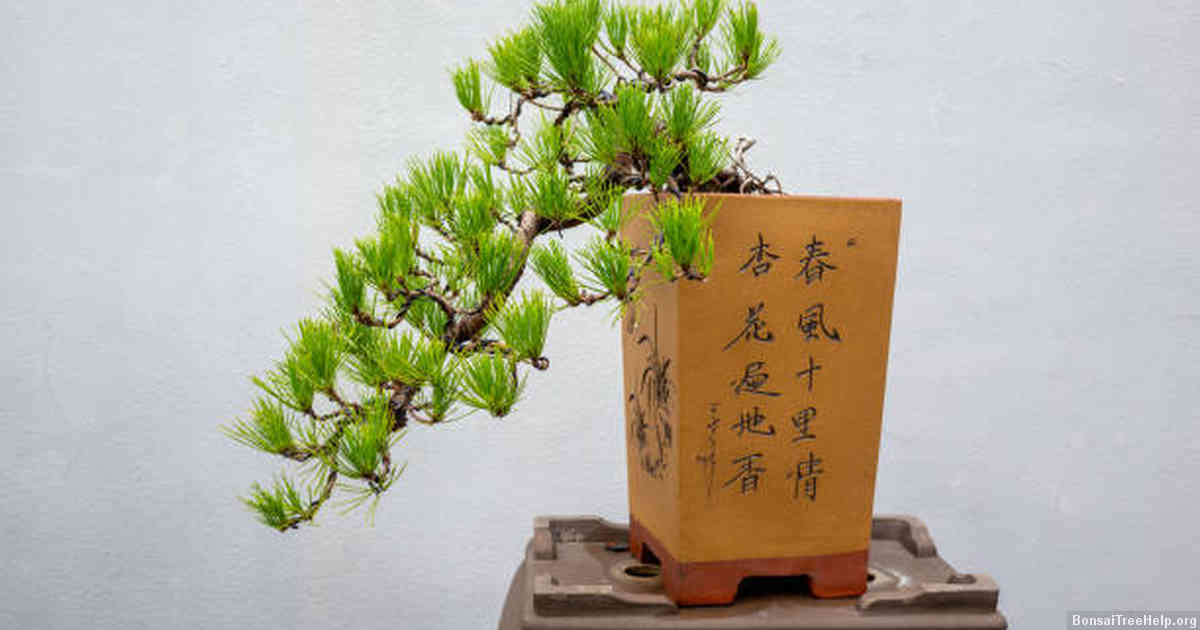
Japanese culture is steeped in tradition and rich with symbolism, so it’s not surprising that bonsai plays an important role in its practice. Bonsai, or miniaturized trees, are seen as a representation of harmony within nature. In Japan, they are viewed as miniature works of art that capture the beauty of nature while symbolizing life’s journey. For many Japanese people, the practice of growing bonsai is a meditation; one filled with appreciation for both what has been achieved so far and potential for further growth.
The intricate craftsmanship involved in nurturing these plants to perfection captures the attention of everyone who stops to admire them. It also gives us insight into how nature can be carefully groomed over time using simple techniques like pruning and wiring branches together. Every day spent caring for them provides an opportunity to deepen their appreciation for this traditional craft and understand better the values associated with it – patience, discipline and respect for one’s environment.
Bonsai holds particular significance during times when family members pass away; the unique shape which each tree takes on serves as a reminder to cherish memories through difficult moments while being inspired by resilience through adversity. Having lived since ancient times (some trees have been around longer than humans), bonsai offer comfort through continuity–as a symbol of solidarity against such pain-filled times they connect us all to past generations who faced similar circumstances but persevered nonetheless.
Leave a Reply